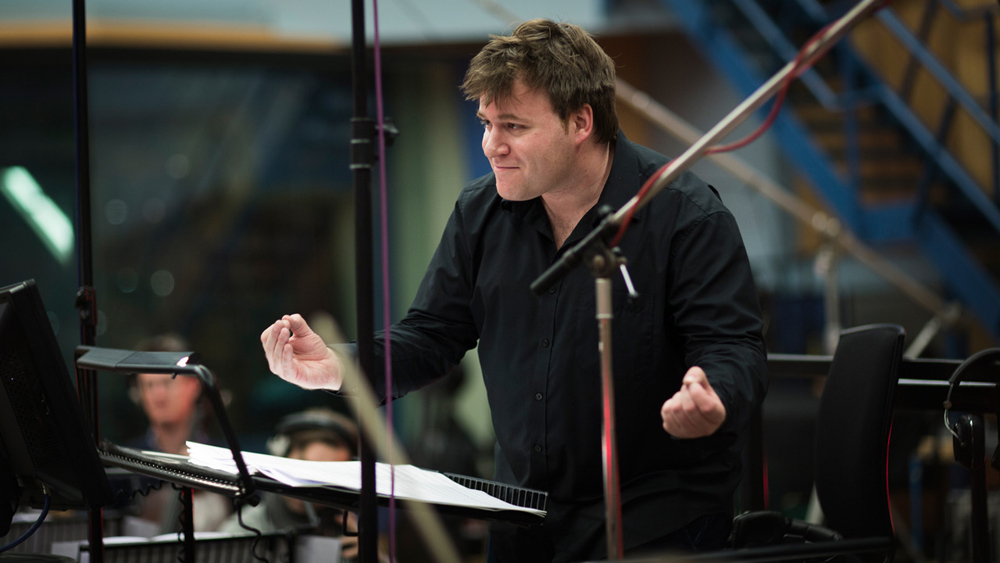Somewhat of a newcomer to the movie industry, Benjamin Wallfisch is no stranger to music. His name may not be familiar, but the films he scored are among the best in the last decade, including Hidden Figures (with Hans Zimmer and Pharrell Williams), Atonement, and most recently Bladerunner 2049 (again with Hans Zimmer) as well as the recent adaptation of Stephen King’s IT. Wallfisch has collaborated with some of the best directors working today, garnering praise with his work with Joe Wright, Gore Verbinski, Andy Muschietti, and Denis Villeneuve.
A child musical prodigy, he started with the piano at age five, writing music a year later, and has been conducting music since he was fourteen. He’s conducted with the BBC Symphony Orchestra, the Los Angeles Philharmonic, the London Symphony Orchestra, and City of London Sinfonia. Wallfisch has been nominated twice for the World Soundtrack Awards and was nominated for the Ivor Novello Award in 2009.
Unlike some composers, Wallfisch has begun work on projects without having much footage to work from, often writing during production, such as the case when he worked with Verbinski for A Cure for Wellness. For that film, Wallfisch started writing right before production, moving his writing rig directly into the cutting room, providing Verbinski with music for a waltz scene to get the filming started. Wallfisch’s mentor, Hans Zimmer, allowed him to work on such films as Batman v Superman, Dunkirk, and 12 Years a Slave, and it’s these collaborations that helped launch his career.
With Bladerunner 2049, Wallfisch had some huge shoes to fill, coming in decades after the masterful score of the original film by Vangelis. The pressure was extremely high because they were not the original composers for the sequel; production switched gears early on, wanting to pursue a different musical direction. Starting from scratch, Wallfisch and Zimmer revisited the original Vangelis score and began writing tracks that would both pay homage and cover new ground. The four note tune you hear throughout the film, building on scenes when K makes a new discovery in his search for the truth, corresponds to the four acids in the DNA strand central to the film. By weaving those four notes throughout the score, we hear how they developed a central theme, tying it directly to the main story character, allowing the visuals to come alive dynamically. Stephen King’s IT was somewhat of a challenge, as it was set in the 80’s and needed to separate itself from that other extremely set-in-the-80’s property, Netflix’s Stranger Things series. Wallfisch deliberately steered away from a full synth theme, sticking to full orchestral tracks interspersed with children’s voices, along with popular songs from the time period to give the film a distinct identity. The film’s score is absolutely stunning from beginning to end, lush and haunting, disturbing at a majestic level rarely heard in modern horror films.
The good news is that Benjamin Wallfisch’s music is readily available at iTunes, Amazon Music Unlimited, Google Music, really wherever you find your music. He’s a composer dedicated to the craft, and with a full resume covering a wide selection of genres, no doubt he’s one artist you need to add to regular rotation as soon as possible.
BOB PASTORELLA


